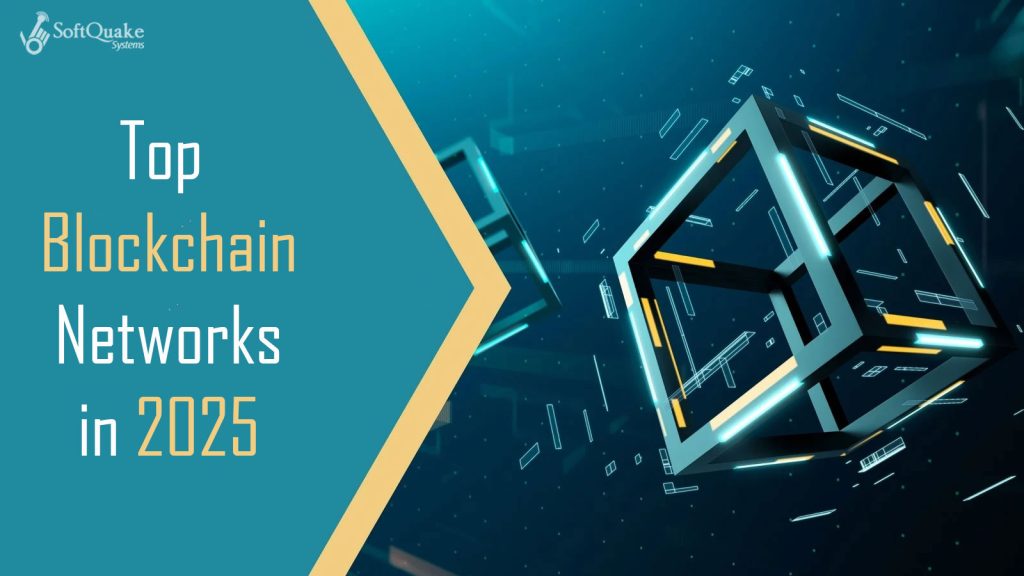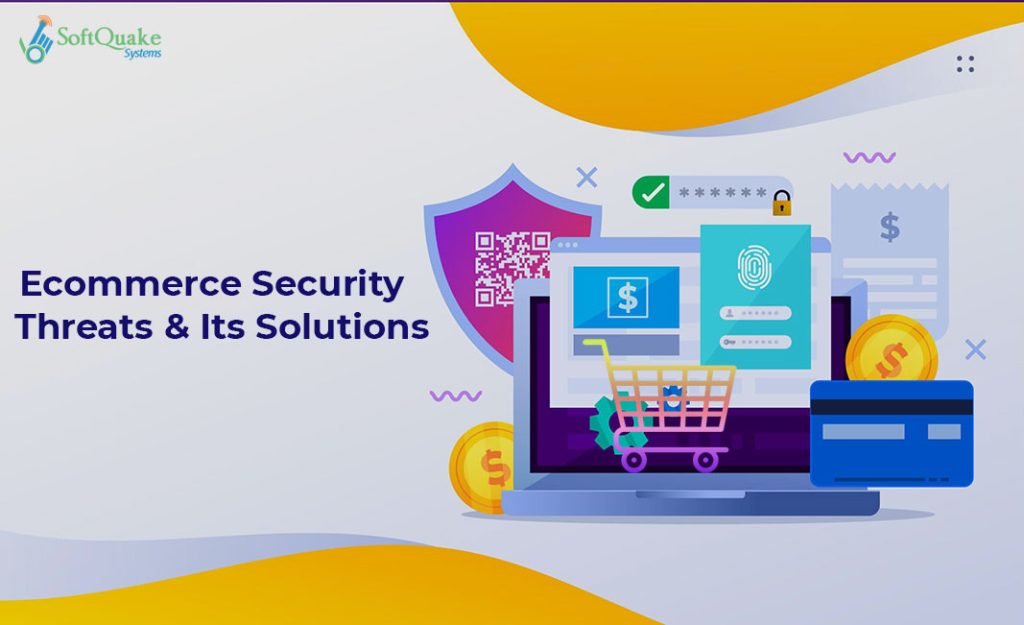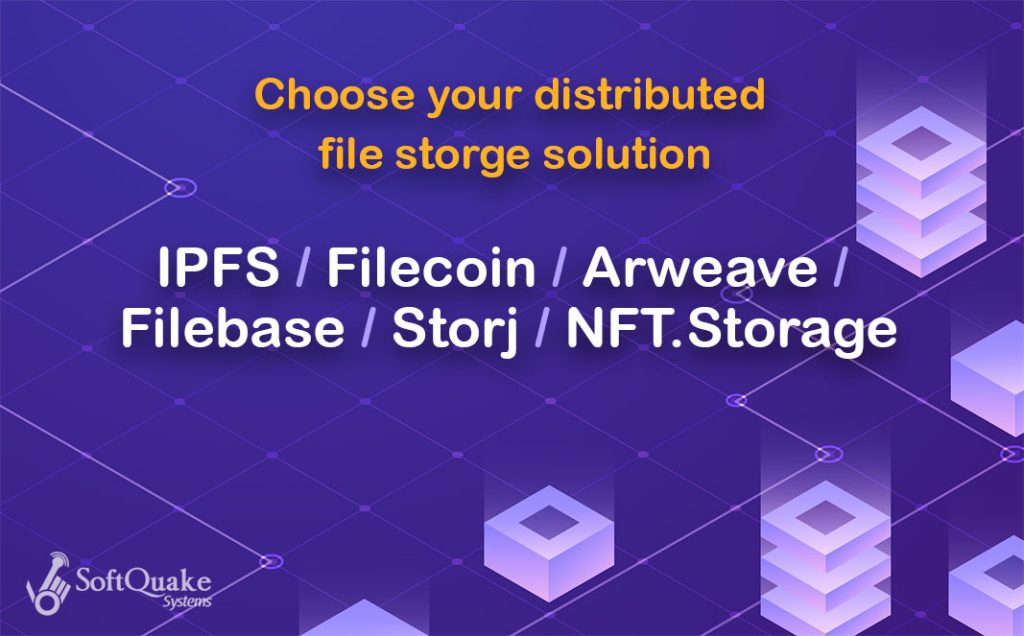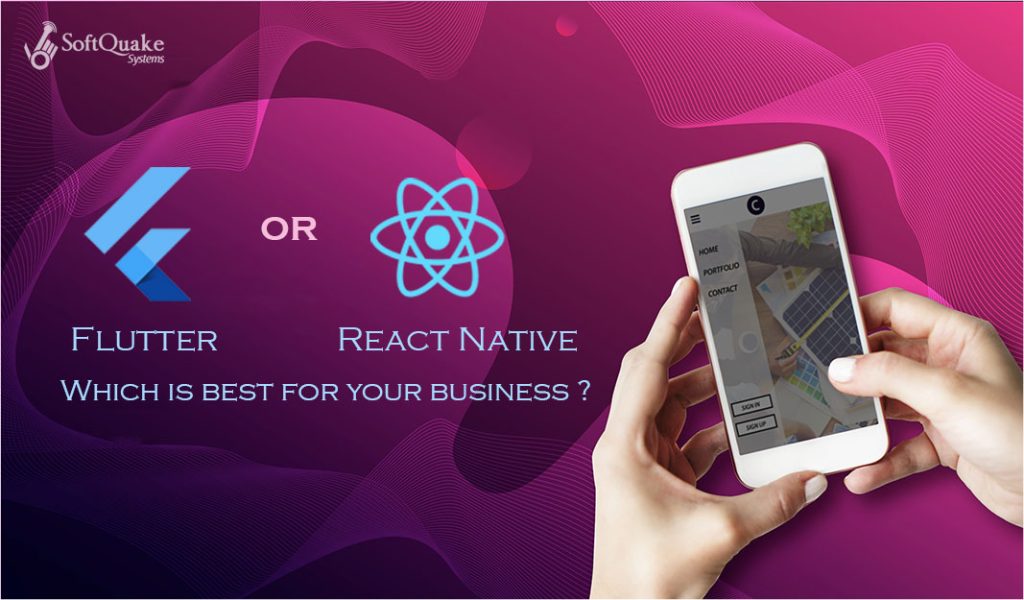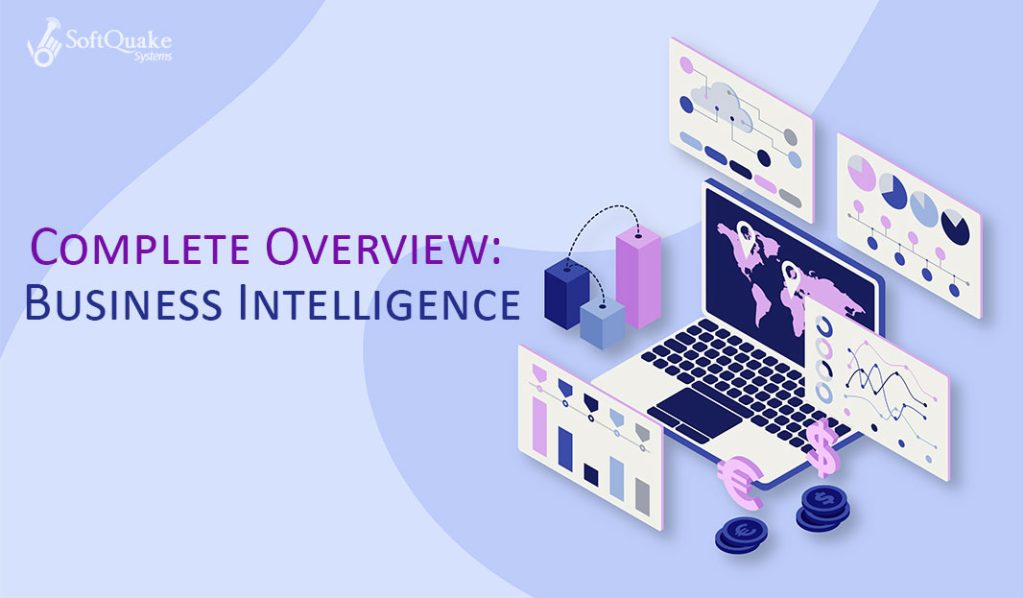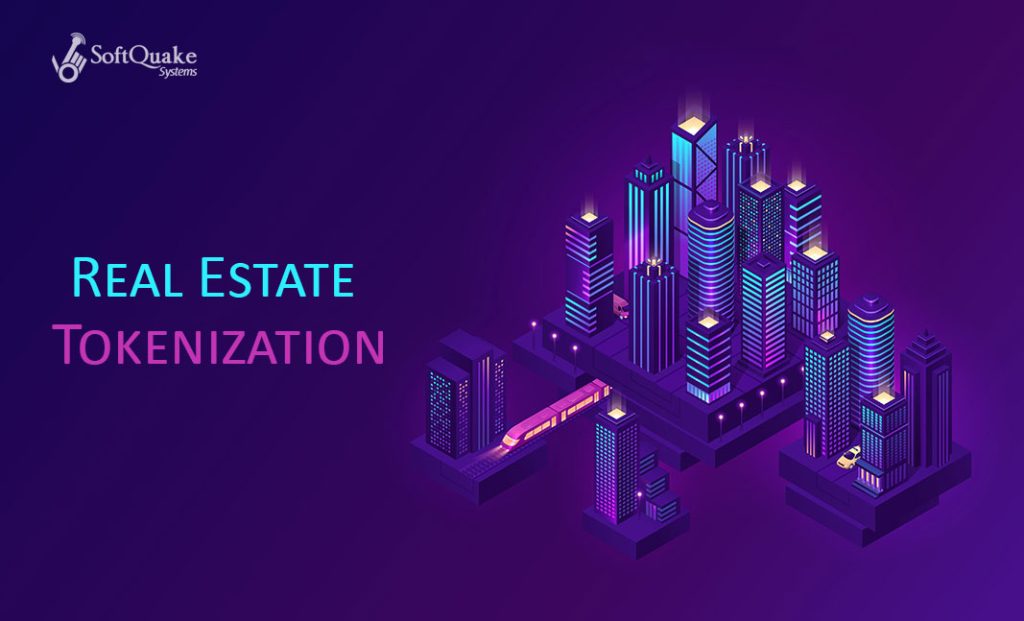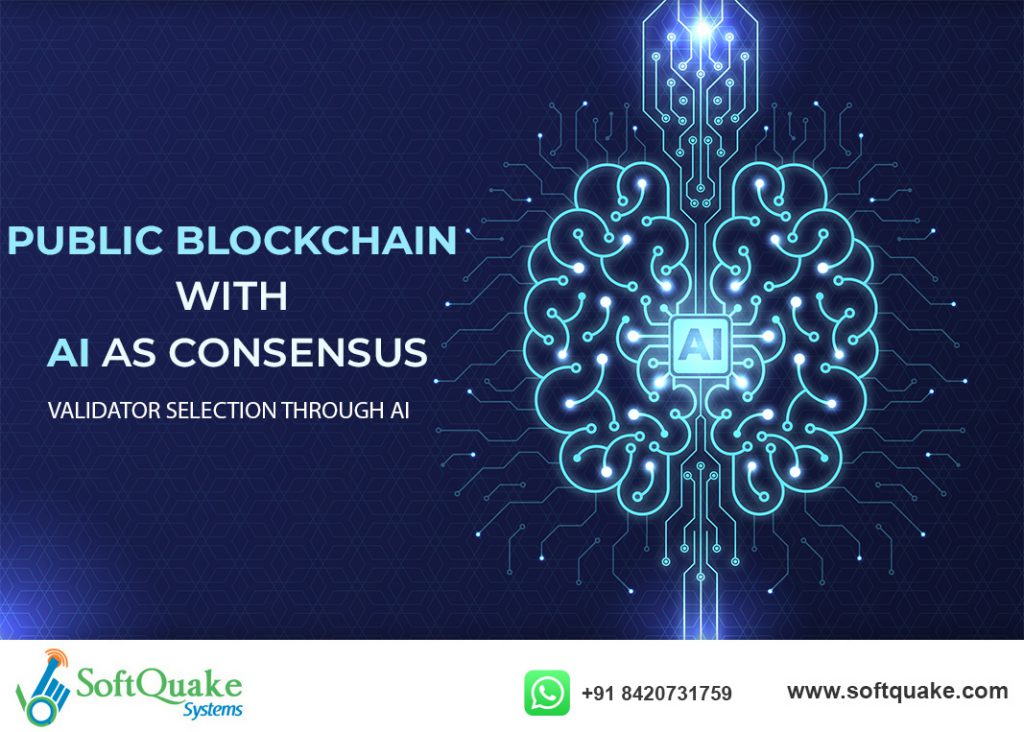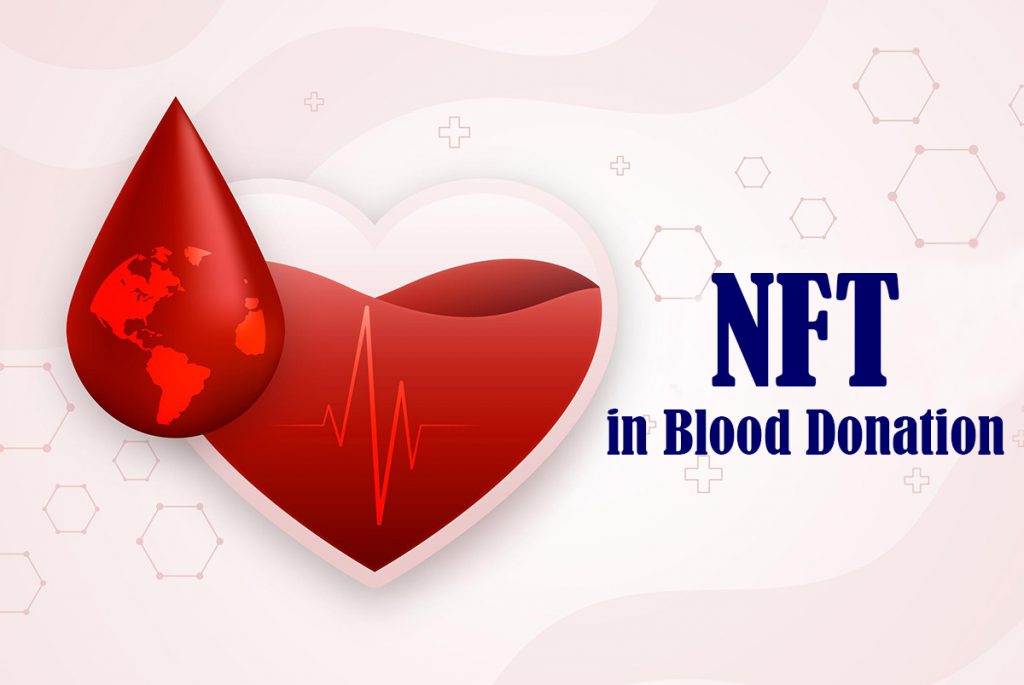
Real World Assets (RWA) refer to tangible assets that exist in the physical world, such as real estate, commodities, precious metals, art pieces, and even revenue-generating contracts like loans or leases. Tokenizing these assets involves representing their ownership or value digitally on a blockchain or distributed ledger system. This process enables fractional ownership, liquidity, and easier transferability of these assets, unlocking various benefits for investors and asset owners alike.
How to Tokenize Real World Assets (RWA):
1. Asset Selection: Identify suitable real-world assets for tokenization, considering factors like liquidity, regulatory compliance, and market demand.
2. Legal and Regulatory Compliance: Ensure compliance with relevant regulations and legal frameworks governing asset tokenization in the target jurisdiction.
3. Tokenization Process: Convert ownership rights or value of the asset into digital tokens on a blockchain platform. This may involve smart contracts to enforce ownership rules and automate processes like dividend distribution.
4. Issuance and Distribution: Distribute the newly created digital tokens to investors, potentially through a token sale or private placement.
5. Market Access: Provide a platform or marketplace where investors can buy, sell, and trade these tokenized assets.
How RWA Tokenization Works:
Real World Assets (RWA) tokenization typically involves the following steps:
Asset Evaluation: Assess the value and potential returns of the real-world asset to determine its suitability for tokenization.
Legal Structuring: Establish legal structures such as special purpose vehicles (SPVs) or trusts to hold the asset and issue tokens.
Token Creation: Create digital tokens that represent ownership or fractional ownership of the underlying asset.
Asset Custody: Securely store the physical asset or relevant documentation, ensuring transparency and auditability.
Token Offering: Conduct a token offering to attract investors interested in owning a stake in the tokenized asset.
Secondary Market Trading: Facilitate trading of these tokens on secondary markets, providing liquidity to investors.
Real World Assets in DeFi:
Integrating real-world assets into decentralized finance (DeFi) ecosystems can expand the range of assets available for decentralized lending, borrowing, and trading. This integration can potentially enhance the efficiency and liquidity of DeFi protocols while bridging the gap between traditional and decentralized finance.
Benefits of Real World Asset Tokenization:
Liquidity: Tokenization enables fractional ownership and secondary market trading, enhancing liquidity for traditionally illiquid assets.
Accessibility: Tokenization lowers the barriers to entry for investors, allowing them to gain exposure to a diverse range of assets.
Efficiency: Digital tokens streamline processes like asset transfer and ownership management, reducing administrative overhead and costs.
Transparency: Blockchain technology provides transparent and immutable records of asset ownership and transactions, enhancing trust and accountability.
Risk Factors of RWA Tokenization:
Regulatory Compliance: Adherence to regulatory requirements is crucial to avoid legal complications and ensure investor protection.
Market Volatility: The value of tokenized assets may fluctuate due to market dynamics, affecting investor returns.
Security Risks: Cybersecurity threats and vulnerabilities in blockchain platforms or smart contracts can pose risks to asset custody and transaction integrity.
Examples of RWA Projects:
Real Estate Tokenization: Fractional ownership of commercial properties or residential real estate.
Commodity Tokenization: Digital representation of commodities like gold, oil, or agricultural products.
Revenue-Generating Contracts: Tokenization of revenue streams from loans, leases, or royalties.
Conclusion:
Real-world asset tokenization holds significant promise for democratizing access to investment opportunities, enhancing liquidity, and fostering innovation in financial markets. However, stakeholders must navigate regulatory complexities and address security concerns to unlock the full potential of this emerging asset class.


 +91 8420731759
+91 8420731759
